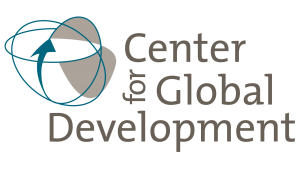Research Reports
Are Refugees Located Near Urban Job Opportunities?

In recent years, governments, donors, and private sector actors have been finding innovative ways to include refugees in labor markets, thus enabling them to become more self-reliant, reducing the cost of hosting refugees and creating economic benefits for hosts. As market leaders with global reach through hiring and supply chains, policy influencers, and innovators, multinational corporations (MNCs) have distinctive capacities for engagement that do not exist within the traditional refugee response community. MNCs are also well positioned to participate in broader jobs and livelihoods initiatives that support both refugees and the communities hosting refugees, which often struggle with high unemployment and limited economic opportunities.
Overlap Between Refugees & Major Urban Areas in Developing Countries & Implications for Employment Opportunities & MNC Engagement identifies locations with significant overlaps of refugees and major urban areas. To further help demonstrate where MNCs, regional and local businesses, and other actors are best positioned to expand economic opportunities for refugees, the Center for Global Development created an interactive tool to map the locations of refugees, and analyzed the extent to which refugees overlap with major urban areas. When refugees are located in urban areas, where economic activity and MNCs cluster, they have a much greater likelihood of being in close proximity to potential employers. View the map here.
This research was a collaboration between the Tent Partnership for Refugees and the Center for Global Development, a think tank working to reduce global poverty and improve lives through innovative economic research that drives better policy and practice by the world’s top decision maker.